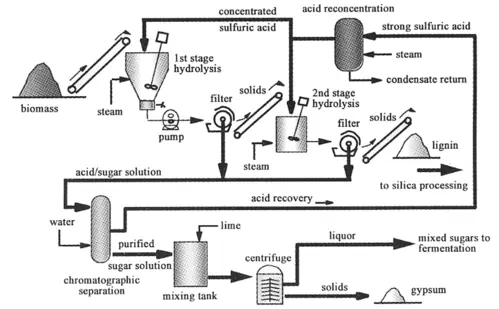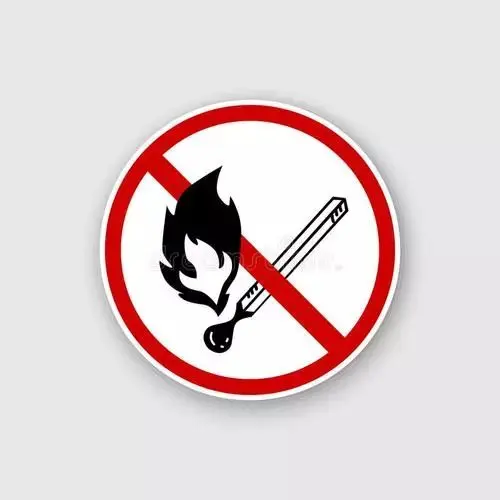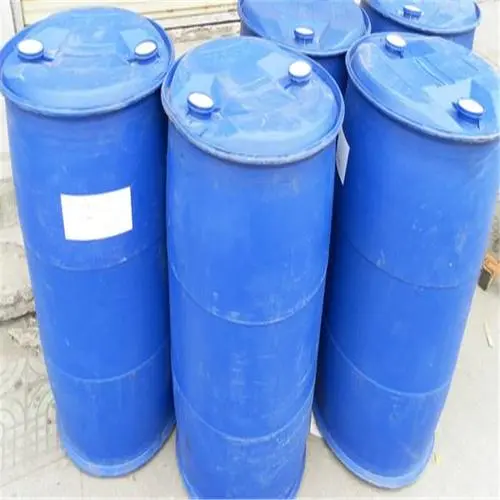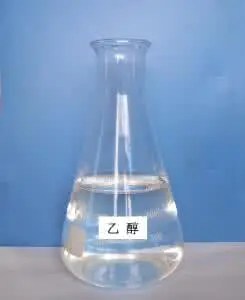I. Emergency rescue procedures
When a hazardous chemical accident occurs, the finder shall immediately report to the commander-in-chief, including the location of the accident, the specific situation and the nature of the hazardous chemicals involved.
Notify members of the emergency organization, stretcher team and fire department to immediately rush to the accident scene and coordinate rescue and relief work.
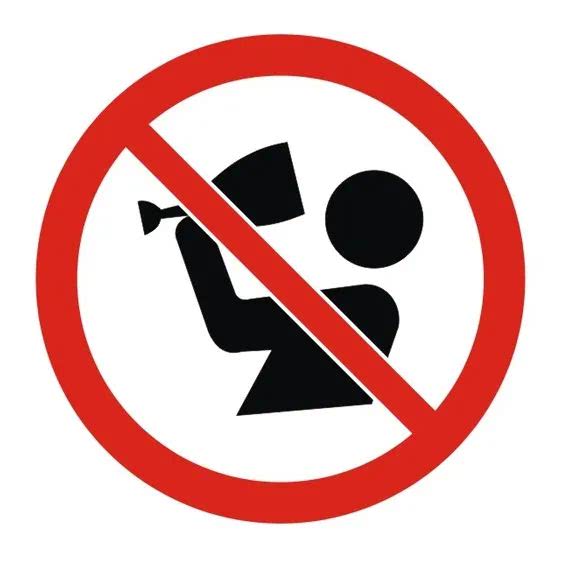
Members of each group to carry out rescue and rescue of the accident scene and rescue and evacuation of personnel in accordance with the command, and control the leakage of toxic and hazardous dangerous chemicals.
After the accident is controlled and dealt with, accident analysis and responsibility should be carried out and effective measures should be taken to eliminate the hidden danger of recurrence of the accident.
2, the accident scene emergency treatment
1, once the occurrence of pharmaceutical injuries, the following treatment methods should be carried out immediately and notify the hazardous chemical emergency response team to reduce the harm of pharmaceuticals to the human body.
Eye contact: remove contaminated clothing and flush with running water.
Skin contact: Lift eyelids and flush with running water or saline. Seek medical attention.
Inhalation: Remove from scene to fresh air quickly. Seek medical attention.
Accidental ingestion: Drink sufficient warm water and induce vomiting. Seek medical attention.
2. Precautions to be taken when the emergency team arrives at the scene and performs first aid.
When performing first aid, both patients and rescuers need to be properly protected. This is very important!
Especially when rescuing a patient from a heavily contaminated site, rescuers must take precautions to avoid becoming a new victim.
The injured person should be carefully removed from the hazardous environment to a safe location.
At least two to three people should work in groups to provide mutual supervision and care, and the rescue equipment used must be explosion-proof.
Dispose of contaminants. Care should be taken in the disposal of contaminated clothing of the injured person to prevent secondary damage from occurring.
(II) Handling of hazardous chemical spills
1. When entering the site of a leak for processing, the following should be noted.
Personnel entering the scene must be equipped with the necessary personal protective equipment.
Emergency treatment is strictly prohibited to act alone, to have a guardian, if necessary, water gun, water cannon cover.
Should approach the site from upwind, uphill, blind entry is strictly prohibited.
2. Steps to deal with leaks.
Leak source control
By closing the relevant valves, stopping operations and other methods.
After a leak occurs in a container, measures should be taken to repair and plug the fissure to stop further leakage of chemicals.
The success of plugging depends on several factors: the degree of danger close to the leak point, the size of the leak hole, the actual or potential pressure at the leak point,
and the characteristics of the leaking substance.
Containment
Chemicals are liquids that spread when spilled on the ground and need to be diked or diverted to a safe location.
3. On-site emergency treatment equipment and facilities
Flushing station is located next to the laboratory and chemical skid
Equipped with first-aid box located in the medical room
The first aid box is equipped with some common instruments and dressings: tourniquet, hemostatic forceps, scissors, sterile dressings, cotton balls, cotton swabs, triangular towels, bandages,
adhesive tape, pins, etc. Drugs are equipped with: red salve, alcohol, iodine and anti-inflammatory drugs and Bondi.
Other emergency equipment and facilities are located in the firefighter equipment box Some unsafe situation at the scene, or even an accident,
or due to poor lighting and illumination situation in emergency treatment should be equipped with emergency lighting, torch, safety belt, safety rope.
4. Ethanol precautions
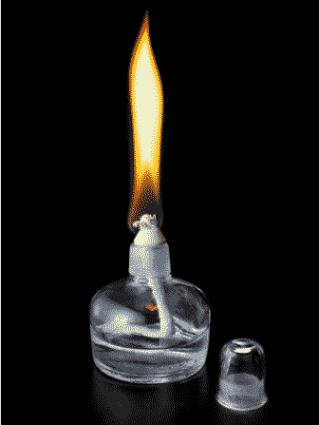
1. When receiving, temporary storage, the amount should not be too large.
2. Receiving, temporary storage of containers used must have a reliable closed cover, the use of containers without a cover is strictly prohibited.
3. When using alcohol for disinfection, avoid ignition sources.
Avoid alcohol disinfection in kitchens and other places with open flames and high-temperature equipment, and do not spray alcohol directly on your body;
smoking while spraying is strictly forbidden.
4. When applying alcohol disinfection at home, use a cleaned floral water spray bottle, or spray the liquid on a cloth and wipe it to disinfect, avoid using a pneumatic spray bottle.
5. When using alcohol for disinfection, avoid using a large amount of medical alcohol in a relatively confined and small space to avoid the formation of highly concentrated alcohol vapor,
which may cause a fire or explosion.
6. The container must be taken immediately after each use. The upper lid closed, strictly prohibited open placement.
7. Wipe the process of residual alcohol on the object shall be wiped clean.
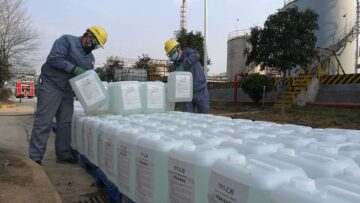
8. After the use of unused alcohol should be stored airtight, it is strictly prohibited to store a large amount of alcohol in the room,
and the alcohol (including other flammable liquids) placed open without the lid;
used towels and other fabric cleaning tools, after use should be washed with a lot of water and stored airtight, or put in the ventilation to dry.
9. Alcohol burning fire disposal: conditions can be used ABC, carbon dioxide fire extinguishers to extinguish the fire, but also available wet towels,
wet clothing to cover the fire, outdoor can also use sand and soil cover. Forbidden to use water splash or dry towels, clothing to fight,
otherwise if ignited by alcohol, the fire will spread and spread, the larger the burn.
10. Alcohol hazard characteristics: highly flammable, gaseous alcohol and air can form explosive mixtures, open flame, high heat can cause explosive combustion.

 By Coco Ho
By Coco Ho
